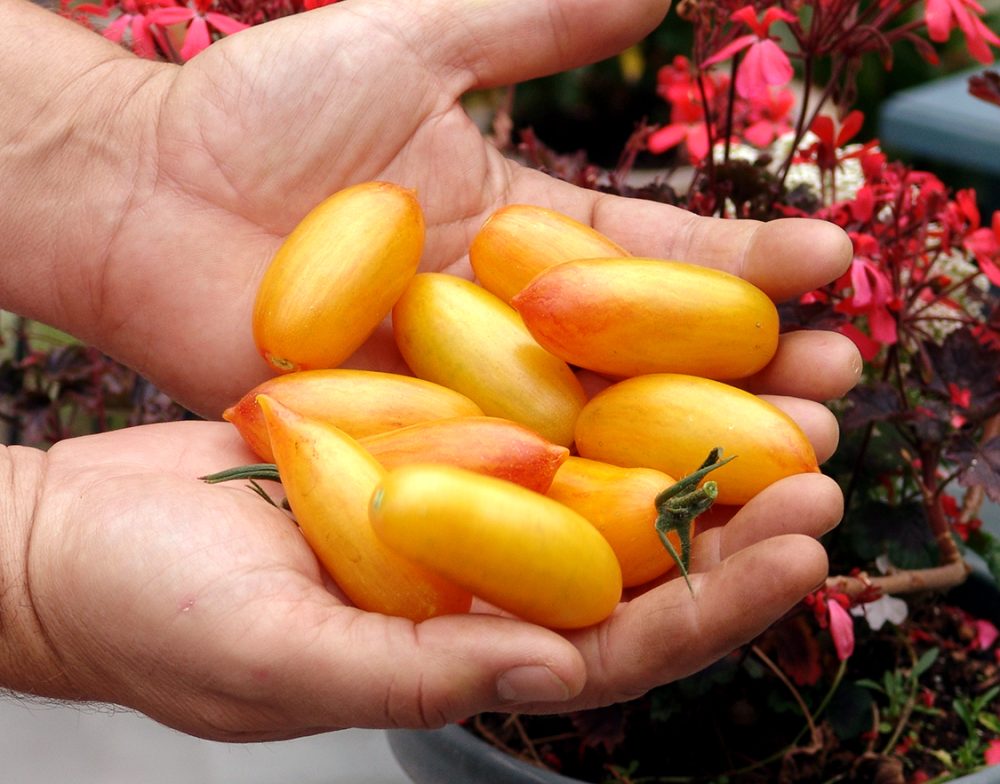This one of the most asked questions that I get about tomato plants. I also advocate NOT to prune because I believe it opens up the plants to sunscald and that is one of the ways it feeds itself. Here is an article from Tomato Growers that discusses that very same thing. I am happy to see that research backs me up.
|
The decision to prune or not to prune tomato plants is controversial among gardeners. Pruning in most cases means limiting the number of main stems and/or removing the suckers on a tomato plant. Suckers are the nickname given to the shoots that grow in the v-shaped space between a tomato plant’s main stem and its side branches. Some gardeners believe that removing suckers will direct plant energy into making fruit rather than foliage and lead to earlier, larger tomatoes. Another thought is that by reducing leafy growth, plants stay healthier because of better air flow and less risk for diseases and pests. However, research does not support either of these theories. One university study found no difference in the size of tomatoes between lightly pruned plants and plants with no pruning. Heavily pruned plants had 10% less total yield compared to unpruned plants. Pruning also did not help the incidence and severity of disease. In hot, sunny climates, removing too many suckers may cause fruit to suffer sun scald and become inedible. It’s wise to remember that tomato plants get food from their foliage, so the more leaves, the more nutrients go to the plant. However, a pruned plant is a more manageable plant and easier to stake. This is especially important when your garden space is small. If you choose to prune, it is best to do so when suckers are less than a couple of inches long and still tender. Just grasp the sucker at its base between your thumb and forefinger and pinch it off, or rock it back and forth until it snaps. If shoots are longer, you’ll need to use a pair of clean clippers instead. |
